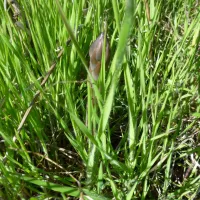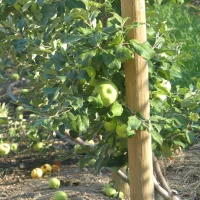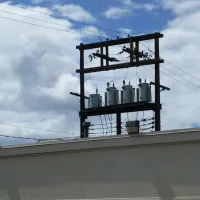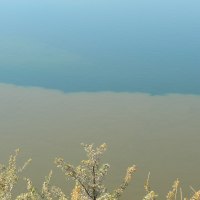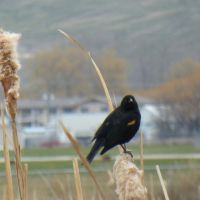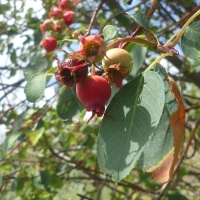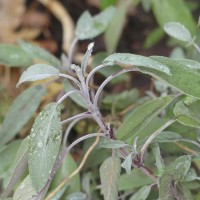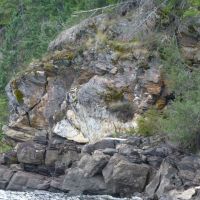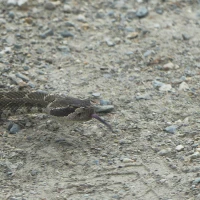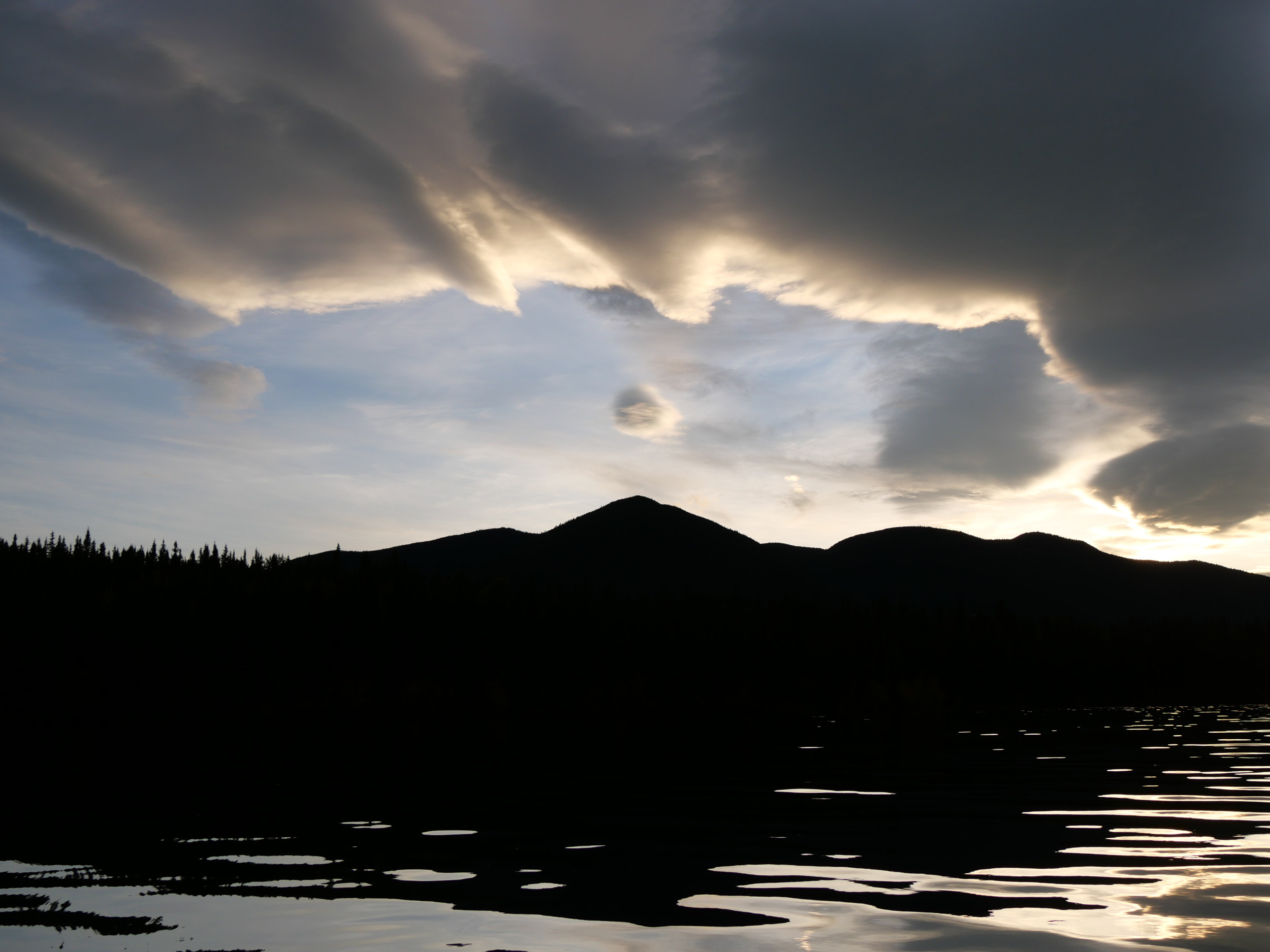I’ve been looking at leaves, or, rather, I’ve been staring into the sun. Really. Take a look:
 To Travel to the Sun, Visit Your Nearest Pear Tree
To Travel to the Sun, Visit Your Nearest Pear Tree
Forget NASA
It wasn’t always like this. Not so long ago, the pear trees looked like this:
Red Bartlett Pear, Keremeos
Early July
Notice all that green. Notice that it’s not glowing, not like this:
 In Autumn, the Sun Seems to Shine from the Leaves Themselves
In Autumn, the Sun Seems to Shine from the Leaves Themselves
What if it wasn’t an illusion?
Think of this: cholorplasts, the photosynthesizing cell structures within leaves, are traps for light. They are intricate structures, which reflect, over and over again from numerous precisely-placed reflectors, any photons of light that enter them. In each reflection, the light is aimed at a molecule of chlorophyl. At its heart, that molecule is a little animal, a blue green algae, whose genes the plant’s ancestors stole a long time ago and incorporated into their own. It is trapped in a cage. One photon of light in 2000 is caught and eaten by chlorophyll, which transforms it into sugars and, among other things, that pear you saw in the earlier photograph. In November, though, the cholorophyll is gone, and the other colours of the leaves are there for all to see:
 Humans Have Yet to Make a Technology This Intricate
Humans Have Yet to Make a Technology This Intricate
In part, these colours are so bright, because the low rays of Autumn sun are pushed towards the red end of the spectrum, but it’s also because all that light is bouncing around inside the leaf, without being eaten. lt’s lingering, just slightly, so that’s there’s just a little bit more of it in the leaf than there was in the height of summer. The green leaves of summer are dull because when we look at them, we’re really looking at the sun being devoured, right there, right then. It is vanishing, literally, in front of our eyes.
Categories: Nature Photography, Photosynthesis

